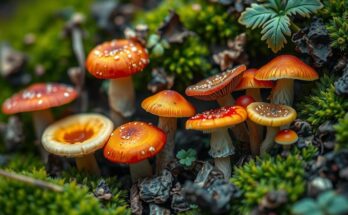In Kenya, traditional rainmakers utilize age-old methods, such as observing flowering trees and animal behavior, to predict rainfall. These practices, rooted in cultural heritage, have shown reliability in guiding farmers, despite skepticism from some meteorologists. As a result, there is a growing movement towards integrating these indigenous forecasting techniques with modern meteorological data.
In Kenya, indigenous communities depend on the expertise of traditional rainmakers for weather predictions. These individuals utilize several age-old methods to forecast rain, such as monitoring the blooming of trees; a tree that flowers without leaves suggests potential drought conditions. Additionally, these rainmakers observe animal behavior and celestial patterns, which are crucial elements of their weather forecasting techniques.
The knowledge and practices of these rainmakers are steeped in cultural heritage, having been transmitted orally through generations among various Kenyan tribes. Despite the wisdom held by these community leaders, some meteorologists remain skeptical of their techniques, though many acknowledge the accuracy of their predictions in aiding agricultural practices. Consequently, there is an increasing acknowledgment of the importance of blending these indigenous forecasting methods with contemporary meteorological data for enhanced weather predictions.
This article highlights the significance of indigenous weather forecasting in Kenya, showcasing how traditional rainmakers use cultural practices to predict rainfall accurately. Their methods, while sometimes questioned by modern meteorologists, demonstrate a valuable connection between heritage and practical application in agriculture. Therefore, there is potential for a synergistic relationship between traditional and modern forecasting techniques to improve outcomes for the farming community.
Original Source: iafrica.com




